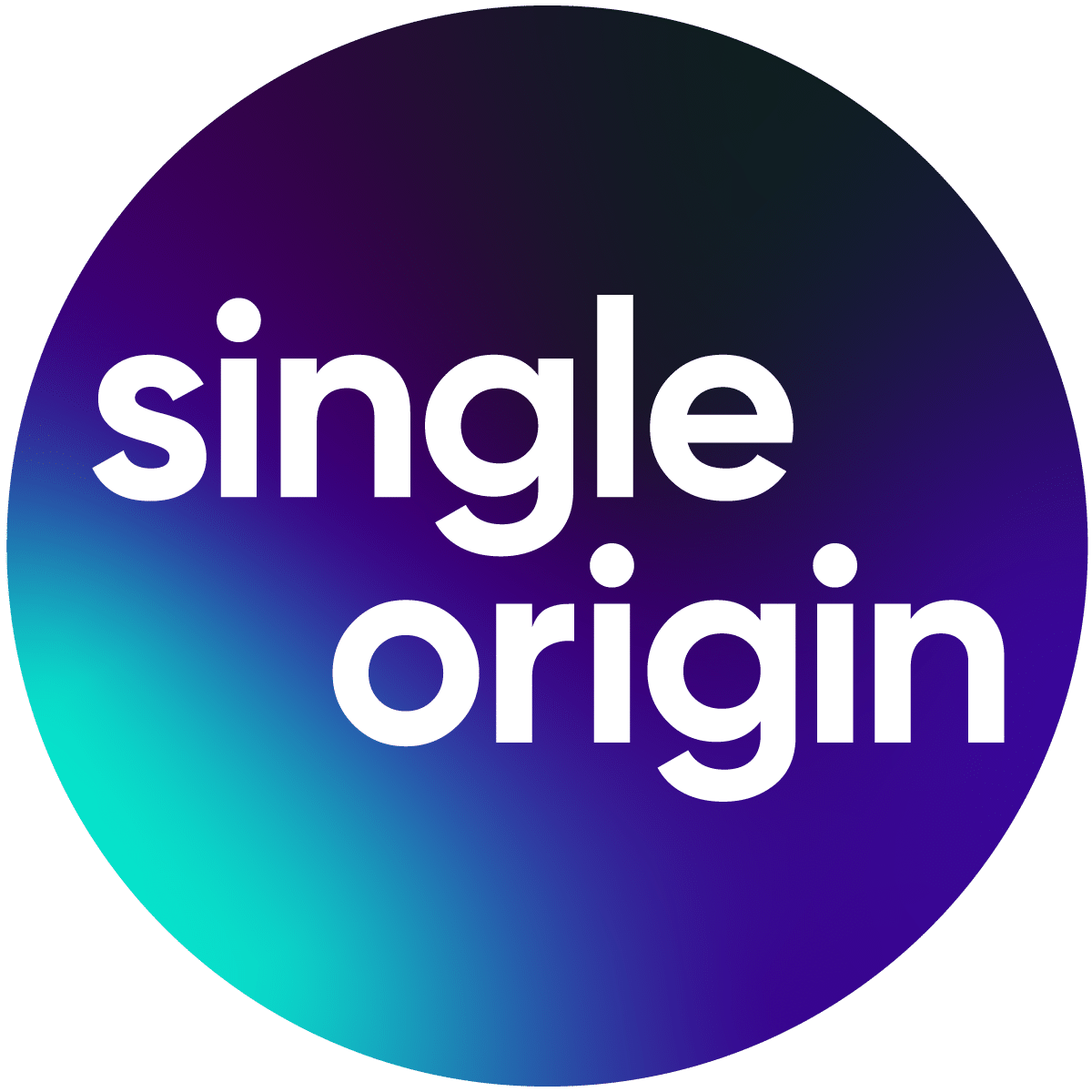Can you get more out of your marketing without relying on yourself?
Outsourced marketing might be your secret weapon. In this guide, you’ll learn:
- How outsourcing marketing provides business owners greater flexibility.
- Why delegating your marketing strategy to someone outside the organization is better for your core business.
- What having access to professionals with specialized skills can transform your marketing approach
Let’s dive in.
Understanding Outsourced Marketing
An effective marketing strategy is crucial for success in today’s competitive business landscape.
Outsourced chief marketing officer services have gained popularity as businesses of all sizes recognize the value of leveraging external expertise to enhance their marketing efforts. Companies can tap into a wealth of knowledge and experience by outsourcing marketing tasks to an agency or freelancer while freeing up valuable in-house resources for other critical operations.
Outsourced marketing can be a game-changer for various industries, including contractors, green energy companies, and law firms. Evaluating factors such as in-house workload, skill sets, and timelines allows a business to decide which marketing components to outsource for maximum impact strategically.
What is Outsourced Marketing?
Outsourced marketing refers to enlisting the services of an external team to manage a business’s marketing activities. This approach allows enterprises to access specialized expertise in various marketing disciplines, such as content creation, social media management, and advertising campaigns.
Companies can benefit from the latest industry developments and creative approaches by outsourcing marketing tasks while focusing on their core business.
One popular outsourced marketing model is the Outsourced Marketing Department, which provides businesses with a comprehensive marketing team for a flat-fee monthly rate.
This means businesses do not have to individually manage a broad array of research, strategy, design, social media, SEO, and writing specialists. Instead, one point of contact covers all aspects of a company’s marketing strategy and marketing efforts.
Why Outsource Marketing?
Outsourcing marketing can offer numerous advantages for businesses because it can be a cost-effective solution, allowing companies to access specialized skills and services without needing a full-time in-house team.
Additionally, outsourcing marketing efforts can provide greater flexibility, enabling businesses to scale their marketing activities at a rate best suited to the company.
Working with an outsourced marketing firm also allows businesses to tap into a broad range of expertise in various marketing disciplines, such as online marketing, search engine optimization, and social media management.
By partnering with an external marketing agency, businesses can focus on their core operations while leaving the complexities of marketing to the experts at marketing firms.
Choosing the Right Marketing Partner
Finding the perfect outsourced marketing partner is crucial for achieving your business objectives and maximizing your marketing investment.
Whether you’re considering a marketing agency or a freelancer, evaluating factors such as experience, industry knowledge, communication skills, and cultural fit is essential. Carefully assessing potential marketing partners ensures a successful and productive working relationship that delivers tangible results.
Platforms like Fiverr and Upwork can be instrumental in helping you find the right marketing partner, offering access to an extensive pool of talented professionals for a one-off project.
These platforms enable you to review portfolios, ratings, and reviews, ensuring that you make an informed decision when outsourcing your marketing tasks.
But these individuals rarely provide any additional strategy as part of the project.
Agency vs. Freelancer
Businesses have two main options when outsourcing marketing efforts: partnering with a marketing agency or hiring a freelance marketer.
There are pros and cons to both options.
Working with an agency can provide a faster hiring process and access to various creative disciplines. However, it may come at a higher cost than hiring a freelancer.
On the other hand, hiring a freelancer is typically more cost-effective and allows for a more personal working relationship. The trade-off may be limited access to the full range of marketing services that an agency can provide.
Ultimately, deciding between an agency and a freelancer will depend on your business’s unique needs and budget constraints.
Your best bet might be to hire a virtual or part-time chief marketing officer (CMO) to handle all of this on your behalf. Sometimes these individuals are also referred to as fractional CMOs.
Key Factors to Consider
When selecting an outsourced marketing partner, it’s essential to consider several key factors.
First, evaluate their expertise in the marketing areas relevant to your business, such as content creation, SEO optimization, and social media management. Investigate their track record and customer feedback to ensure their reputable standing within the industry.
Additionally, assess their communication style and responsiveness to feedback, as open and effective communication is critical for a successful partnership.
Finally, consider the cost of the marketing partner’s services and ensure they align with your budget.
Carefully evaluate these factors. It will make finding the outsourced marketing partner who aligns with your vision easier and helps drive your business faster.
Get a Free Website Performance Audit
Find out how your website stacks up with our complimentary website grading tool. Simply enter your website and email and see the areas of your website that need the most help – Performance, SEO, and Usability included.
Essential Outsourced Marketing Services
Businesses typically utilize several outsource marketing services, including digital marketing services, to maximize their marketing efforts.
Content creation, SEO optimization, and social media management are some marketing tools we offer. We strive to provide these services with the highest possible quality.
Outsourcing these marketing tasks to experts allows businesses to ensure their marketing strategies are executed precisely and effectively, leading to increased brand visibility and customer engagement.
In the following sections, we will explore these essential outsourced marketing services in more detail, highlighting their importance and how outsourcing them can benefit your business.
Content Creation
High-quality content is the cornerstone of any successful marketing strategy. Producing authoritative and informative content that portrays your business as an expert in the field can significantly impact your profits.
That content on your website is essential to performing well in organic search. Outsourcing content creation to a specialized team can ensure your content is well-researched, engaging, and tailored to your target audience.
Some of the services an outsourced marketing team may provide for a content marketing campaign include creating social media posts, blogs, and videos to be shared online.
Their primary objective is to establish your business or service as a leader in the industry by generating, publishing, and disseminating educational content to your specified customer base.
SEO Optimization
Search engine optimization (SEO) plays a vital role in digital marketing, helping businesses increase the quality and volume of website traffic from search engines.
Outsourcing SEO optimization can lead to better results, as companies can benefit from the expertise of professionals in this field.
The critical components of SEO optimization include selecting the appropriate URL, producing high-quality content, and constructing links to the website.
By outsourcing these tasks and marketing efforts to experts, businesses can improve their website’s ranking in search engine results and drive more organic traffic.
We have numerous examples of successful SEO campaigns in our case studies.
Social Media Management
In today’s digital landscape, an effective social media strategy is crucial for staying relevant and engaged with your target audience.
Outsourcing social media management can help businesses maintain a consistent and impactful presence across various platforms, from Facebook and Twitter to Instagram and LinkedIn.
Outsourced marketing professionals can devise and execute a tailored social media strategy, creating content that resonates with your audience and fosters brand loyalty.
By outsourcing this task, businesses can manage their social media efforts efficiently and effectively, allowing them to focus on other vital aspects of growing their business.
Maximizing the Benefits of Outsourced Marketing Efforts
There are several best practices to ensure a successful partnership with an outsourced marketing team. These include setting clear goals and expectations, fostering regular communication and collaboration, monitoring progress, and measuring success. By implementing these strategies, businesses can maximize the benefits of outsourced marketing and drive their business forward.
In the following sections, we will discuss these best practices in more detail, providing tips and guidance on maximizing your outsourced marketing partnership.
Setting Clear Goals and Expectations
Defining clear objectives and expectations is critical for achieving a common goal. By establishing measurable objectives, understanding the timeline for achieving these goals, and ensuring they are attainable, businesses can pave the way for a successful outsourced marketing partnership.
Additionally, setting expectations for communication frequency and the input level required from both parties can help foster a collaborative working relationship. Businesses can work closely with their outsourced marketing team to achieve impressive results by clearly outlining goals and expectations.
Regular Communication and Collaboration
Open lines of communication and collaboration between the business and the outsourced marketing team are essential for a successful partnership. Establishing regular meetings to discuss progress, provide feedback on work, and rely on the agency’s expertise to deliver optimal outcomes can help maintain a strong working relationship.
Using project management tools and establishing a clear communication plan can also facilitate effective collaboration. Businesses can ensure their marketing efforts are executed seamlessly and effectively by fostering a sense of belonging among the outsourced team and maintaining open communication.
Monitoring Progress and Measuring Success
Tracking the progress of marketing campaigns and measuring their success using key performance indicators (KPIs) is crucial for evaluating the effectiveness of outsourced marketing efforts. By monitoring metrics such as website traffic, lead generation, conversion rates, and customer engagement, businesses can assess the performance of their outsourced marketing partner.
Regularly reviewing these performance metrics and comparing them to the cost of outsourced marketing services can also help businesses evaluate their marketing efforts’ return on investment (ROI). By closely monitoring progress and measuring success, businesses can make data-driven decisions and optimize their marketing strategies for maximum impact.
Schedule a Complimentary Consultation
Are you, or your team, looking for ways to improve your website, digital marketing, and overall ROI from paid channels? Single Origin provides complimentary consultations to help your team understand areas of improvement. Schedule yours now!
Overcoming the Challenges of Outsourced Marketing
While outsourcing marketing can offer significant benefits, businesses may face challenges such as a lack of industry expertise, communication issues, limited brand knowledge, and potential misalignment of expectations and goals.
To overcome these challenges, businesses can implement strategies such as establishing specific objectives and expectations, fostering frequent communication and cooperation, tracking progress and assessing outcomes, preserving brand integrity, and finding a balance between internal and external teams.
In the following sections, we will delve into these strategies in more detail, offering solutions to overcome potential challenges and ensure the success of your outsourced marketing partnership.
Maintaining Brand Consistency
Brand consistency is crucial for creating a recognizable and memorable brand identity that customers can trust. Ensuring that the outsourced marketing team adheres to your brand guidelines can help maintain consistency across all channels and platforms, fostering customer loyalty and trust.
To ensure that the outsourced marketing team follows your brand guidelines, provide comprehensive instructions, offer ongoing feedback and support, and hold regular meetings with the team to confirm that the guidelines are being followed. By maintaining brand consistency throughout your marketing efforts, you can create a unified brand experience that resonates with your target audience.
Balancing In-House and Outsourced Teams
Integrating outsourced marketing professionals with in-house teams can foster collaboration and synergy, leading to better results for your marketing campaigns. Businesses can effectively manage in-house and outsourced teams by engaging in customer training, promoting a sense of belonging among agents, maintaining open communication, setting goals, establishing clear expectations, and expressing appreciation for good work.
Additionally, outsourcing partners may bring valuable best practices and learnings to your team, further enhancing collaboration and driving business growth. Businesses can leverage their strengths to achieve their marketing objectives by effectively balancing in-house and outsourced teams.
Case Studies: Success Stories of Outsourced Marketing
Real-life examples of businesses successfully implementing outsourced marketing strategies can provide valuable insights and inspiration. Companies like Alibaba, which outsourced website design and development in its early days, and Smart Panda Labs, which assisted a prominent real estate developer achieve positive outcomes from their digital marketing efforts, showcase the potential benefits of outsourcing marketing.
By learning from these success stories, businesses can identify best practices and strategies to implement in their outsourced marketing initiatives, ultimately driving impressive results and achieving business growth.
Summary
Outsourced marketing offers a powerful and cost-effective solution for businesses looking to enhance their marketing efforts while focusing on core operations. By selecting the right marketing partner, outsourcing essential marketing services, maximizing the benefits of this partnership, and overcoming potential challenges, businesses can unlock a wealth of opportunities for growth and success. Embrace the future of marketing in 2023 by exploring the world of outsourced marketing and transforming how you approach marketing for your business.







